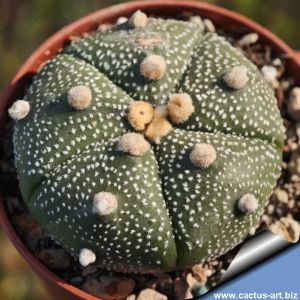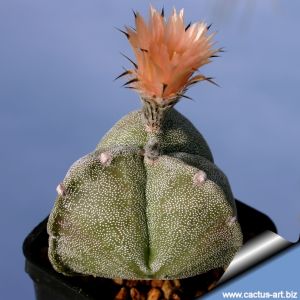-
x
Discount:
Shipping:
Payment:
Taxes:
Total:
to quote
There are no items in your cart.


